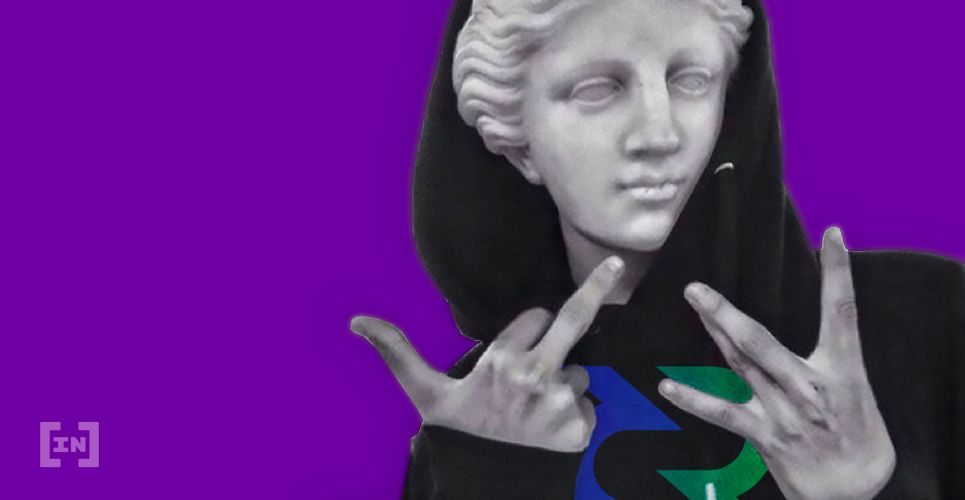
Understanding Bitcoin’s Governance Model
To understand this concept of on-chain governance, we must first dissect Bitcoin’s original model. Bitcoin has no formal decision-making structure. All potential upgrades are ‘negotiated’ off-chain between tech-savvy adopters, developers, and miners. The Bitcoin Improvement Proposal (BIP) is more of an informal implementation for proposing changes in code, with no actual voting system involved. A BIP is approved when the Core team reaches a general consensus. The miners have to be on the same boat and agree to implement the changes. Ethereum works in a similar way, based on the Ethereum Improvement Proposal (EIP) model. There are specific guidelines but the blockchain doesn’t record the negotiation or the voting process in any way. The terms are agreed off-chain. Because of the past failures to reach actual consensus, some now believe that governance should be made on-chain and all token holders should have their say in the process.
What Does The Current On-Chain Governance Landscape Look Like?
Just recently, crypto-financial research organization Smith + Crown published a paper on the Decred cryptocurrency. Created by Jake Yocom-Piatt — a former Bitcoin developer who criticized the traditional off-chain governance model — Decred is an interesting hybrid between Proof-of-Work and Proof-of-Stake. Since miners have a big influence on the roadmap of any pure PoW cryptocurrency, Yocom-Piatt thought of a second PoS-based layer that validates the blocks generated by miners. Yocom-Piatt also introduced an on-chain governance system that requires not only the miners’ support but also the vote of the DCR holders. Users participating in the validation process can also vote on-chain for proposed upgrades. For transparency purposes, the Decred development team created Politeia, a proposed system that stores a timestamped record of any governance-related data conducted off-the-chain.Dash has a very similar model. In addition to just participating in the voting process on-chain, the Masternodes can make changes to mining algorithms unpopular to miners and can also vote to replace the project’s core development team. Controversial project Tezos is based on the same on-chain formal governance model. Tezos is a PoS-based cryptocurrency with the stakeholders having the possibility to vote on software changes, including on the voting procedure itself. Moreover, the self-amendment feature allows this particular blockchain to upgrade without hard-forking like in Bitcoin’s or Ethereum’s case.Decred is a governance-focused cryptocurrency whose consensus architecture and proposal system attempt to address perceived shortcomings with development funding and stakeholder influence.
— Smith + Crown (@smithandcrown) March 2, 2019
Learn more in our report: https://t.co/w04Bszj9Zg@decredproject#decred #Blockchain pic.twitter.com/Kk0UKeCQmJ
Dissecting On-Chain Governance: Is It Truly Better?
While intriguing, it remains to be seen if the on-chain governance model will truly change the cryptocurrency industry. The model may be much more transparent and inclusive but, in the long run, it may not solve the decentralization problem in terms of decision making.- Decred remains a fairly centralized ecosystem with many promises of decentralization.
- Dash also has a centralized Masternode layer with very few opportunities for real inclusion into the governance process (to become a Masternode, you have to stake 1,000 DASH).
Disclaimer
In adherence to the Trust Project guidelines, BeInCrypto is committed to unbiased, transparent reporting. This news article aims to provide accurate, timely information. However, readers are advised to verify facts independently and consult with a professional before making any decisions based on this content. Please note that our Terms and Conditions, Privacy Policy, and Disclaimers have been updated.


